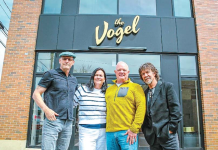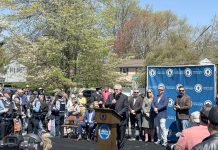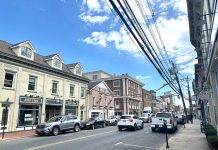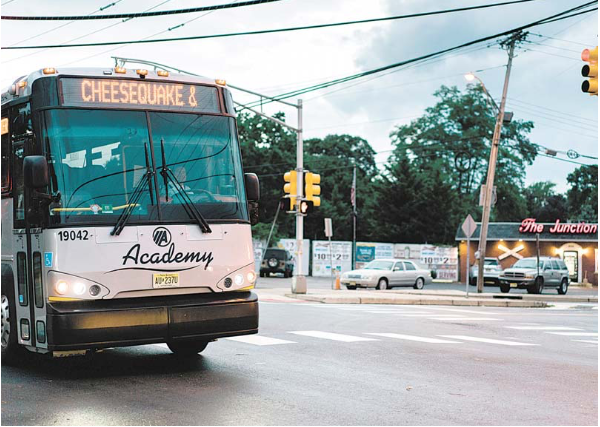
By Stephen Appezzato
ASBURY PARK – County officials want residents to weigh in on transportation issues that affect their lives to improve local roadways and mobility services.
The county Division of Planning, Transportation and Community Services ask residents to provide feedback on how to improve mobility throughout Monmouth County, as well as report any transportation-related issues in their neighborhoods through an online form. Last week the Division held an in-person open house at the Asbury Park City Council Chambers for residents to meet officials and learn about their ongoing project.
The open house was the first public event for the Monmouth Paths – Access for All (AFA) initiative, a transportation study that will evaluate existing barriers to mobility and recommend strategies to achieve equitable mobility,” explained Commissioner Director Thomas Arnone.
A collaboration with the North Jersey Transportation Planning Authority, the study notes the current countywide transportation system “does not serve everyone equitably.”
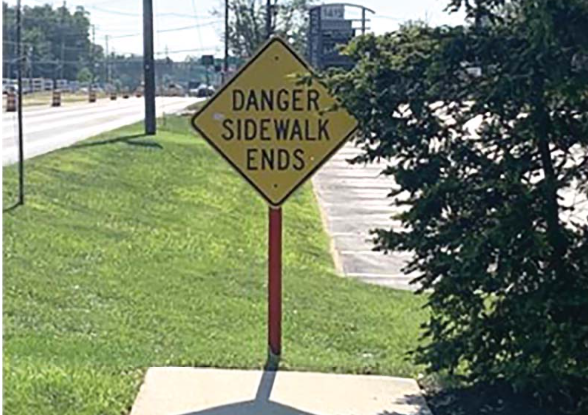
“Vulnerable populations have been historically underrepresented in discussions,” it says, while residents without access to a vehicle experience monetary, time and quality of life tolls. These residents often face challenges like limited transit connectivity.
For those who do have cars but face physical disabilities, the project highlights broken sidewalks, missing curb ramps and long crossing distances across large roadways as common challenges when getting around.
“As a result, members of these communities must pay a high cost for travel,” such as expensive fees to solicit a for-hire vehicle to go to the grocery store, time cost from having to ride multiple connecting bus routes to get to work, and quality of life costs like waiting exposed in bad weather for a bus or having to walk in the roadway because there is no sidewalk.
Transportation issues can affect all – even those who can drive their own cars to and from places – as some barriers are unique to the community they live in.
Residents from shore communities like Sea Bright and Monmouth Beach face an influx of beachgoers each summer, congesting roadways, slowing buses and making it difficult to find parking.
In more rural areas like Colts Neck, the study identifies limited public transit offerings to connect residents to services as an issue.
Even in suburban communities, some may face challenges, such as “large lots and disconnected streets,” difficulties for those in wheelchairs.
The goal of this project is to reduce the monetary, time and quality of life costs of accessing employment, health care and other services through better transportation planning and deploying new technologies within “disadvantaged communities.” According to Arnone, it is also “to provide guidance for all on how to identify and eliminate those barriers to mobility that limit public access to basic services.” The study does not elaborate on what these technologies are.
Residents can share their experiences online at fhistudio-apps.com/Monmouth-county. As the project progresses, related documents will be uploaded to the site for public viewing. Results of an initial analysis, as well as known barriers to mobility within the county, were presented at an open house Nov. 16.
By sharing issues with the county transit system, the AFA project can make a greater impact for all.
The article originally appeared in the November 23 – November 30, 2023 print edition of The Two River Times.



